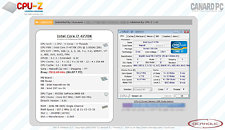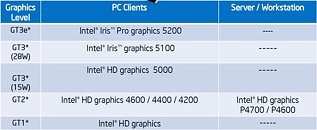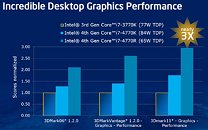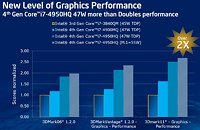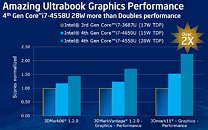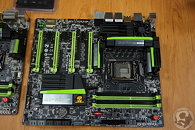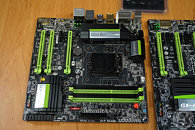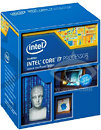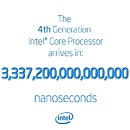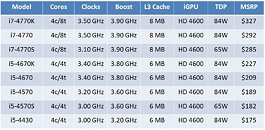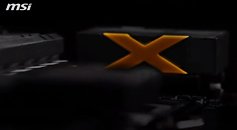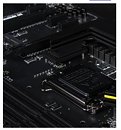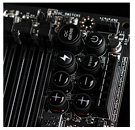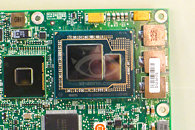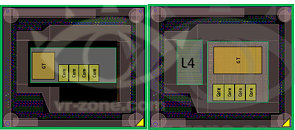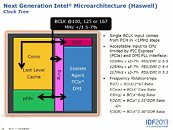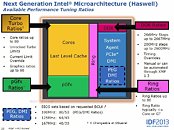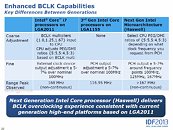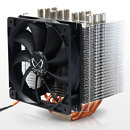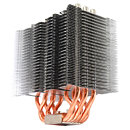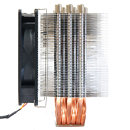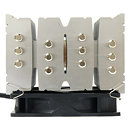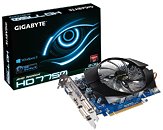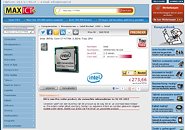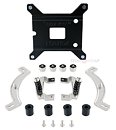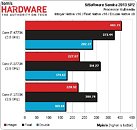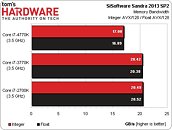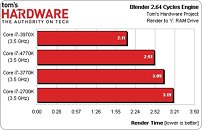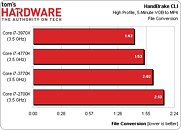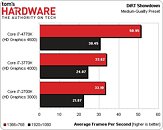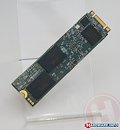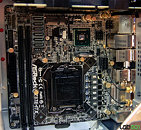
Intel Launches Low-Power, High-Performance Silvermont Microarchitecture
Intel Corporation today took the wraps off its brand new, low-power, high-performance microarchitecture named Silvermont. The technology is aimed squarely at low-power requirements in market segments from smartphones to the data center. Silvermont will be the foundation for a range of innovative products beginning to come to market later this year, and will also be manufactured using the company's leading-edge, 22nm Tri-Gate SoC manufacturing process, which brings significant performance increases and improved energy efficiency.
"Silvermont is a leap forward and an entirely new technology foundation for the future that will address a broad range of products and market segments," said Dadi Perlmutter, Intel executive vice president and chief product officer. "Early sampling of our 22nm SoCs, including "Bay Trail" and "Avoton" is already garnering positive feedback from our customers. Going forward, we will accelerate future generations of this low-power microarchitecture on a yearly cadence."
"Silvermont is a leap forward and an entirely new technology foundation for the future that will address a broad range of products and market segments," said Dadi Perlmutter, Intel executive vice president and chief product officer. "Early sampling of our 22nm SoCs, including "Bay Trail" and "Avoton" is already garnering positive feedback from our customers. Going forward, we will accelerate future generations of this low-power microarchitecture on a yearly cadence."


